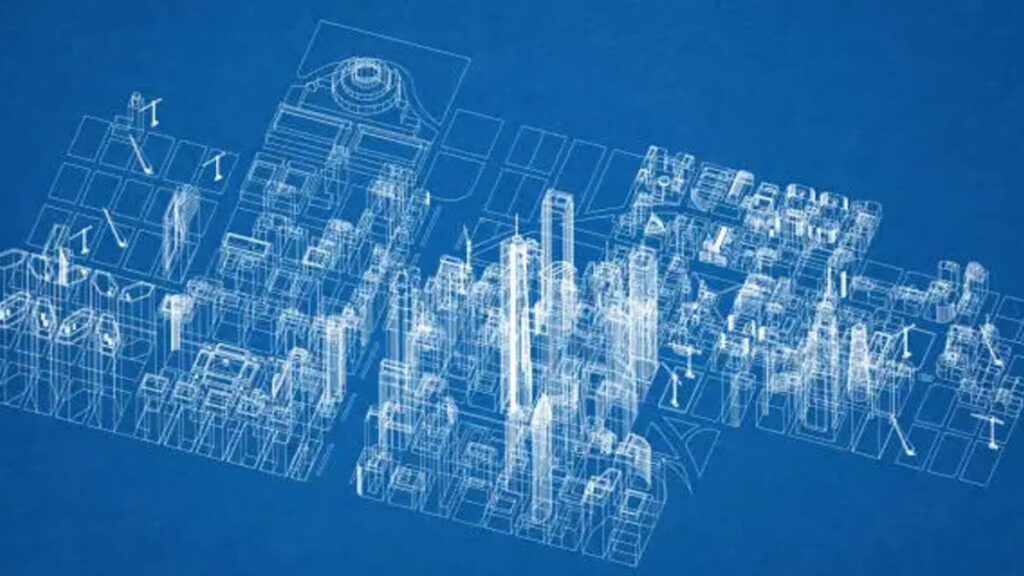Urban areas are the lifeblood of modern society, bustling with energy and innovation. Yet, as cities continue to expand, they face growing challenges like pollution, congestion, and resource depletion. Enter Axurbain—a groundbreaking approach that merges urban development with sustainability. Imagine a city where green spaces thrive alongside technological advancements, all while addressing pressing environmental concerns. This is not just a dream; it’s the vision that Axurbain brings to life.
As urban planners and communities worldwide grapple with sustainable solutions, Axurbain stands out by redefining what it means to develop cities responsibly. By focusing on collaboration between nature and infrastructure, this innovative model aims to create vibrant urban environments for generations to come. Let’s dive deeper into what makes Axurbain such a game-changer in sustainable urban development!
What is Axurbain and its Purpose?
Axurbain is an innovative framework designed to transform urban spaces into sustainable, livable environments. Its purpose goes beyond conventional development by integrating ecological principles with modern infrastructure.
At its core, Axurbain aims to balance the needs of residents with environmental sustainability. This means creating spaces that promote biodiversity while accommodating growing populations.
The model emphasizes community involvement and collaboration among various stakeholders—government bodies, businesses, and citizens alike. By fostering dialogue and cooperation, Axurbain seeks to ensure that everyone’s voice is heard in the development process.
Additionally, Axurbain promotes smart technologies that enhance urban living without compromising on eco-friendliness. The goal is to create cities where people can thrive alongside nature rather than at its expense.
The Principles of Sustainable Urban Development
Sustainable urban development hinges on several core principles that guide its implementation.
First, it prioritizes environmental stewardship. Urban areas should minimize their ecological footprint, promoting green spaces and biodiversity.
Second, social equity plays a vital role. Ensuring all community members have access to resources and opportunities fosters inclusivity.
Economic viability is equally important. Development projects must be financially sustainable while providing jobs and stimulating local economies.
Additionally, resilience stands out as a key principle. Cities need to adapt to climate change impacts and other challenges effectively.
Participatory planning engages residents in decision-making processes. This approach ensures developments reflect the needs of all stakeholders involved.
Integration of technology enhances efficiency in urban systems—from transportation to waste management—creating smarter cities for future generations. Each principle interconnects, forming a holistic foundation for enduring urban environments where communities can thrive sustainably.
The Benefits of Axurbain for Cities
Axurbain presents a transformative opportunity for urban areas. By integrating green spaces, it enhances the quality of life for residents. Parks and community gardens promote mental well-being and foster social interaction.
This approach also improves environmental sustainability. Urban heat islands diminish as vegetation increases, resulting in cooler city temperatures. Furthermore, Axurbain encourages biodiversity by creating habitats for local wildlife.
Economic advantages are evident too. Sustainable infrastructure often leads to reduced energy costs. Cities adopting Axurbain can attract eco-conscious businesses and tourists.
Additionally, the focus on walkability reduces reliance on cars. This shift not only lowers carbon emissions but also promotes healthier lifestyles among citizens through increased physical activity.
Enhanced public transportation networks within Axurbain frameworks make commuting efficient while reducing traffic congestion. The result is a more connected community that thrives economically and socially.
Case Studies of Successful Axurbain Projects
One notable example of Axurbain in action is the Green Roof Initiative in Melbourne, Australia. This project transformed underutilized urban spaces into vibrant green areas. It improved air quality and reduced heat island effects while fostering community engagement.
Another inspiring case is the Smart Urban Mobility project in Amsterdam. By integrating electric public transport with bike-sharing systems, it has revolutionized how residents navigate the city. The focus on sustainability leads to lower emissions and promotes a healthier lifestyle.
In Singapore, the Vertical Farming initiative showcases how Axurbain can redefine food production within urban environments. Towers filled with greenery not only supply fresh produce but also enhance biodiversity.
These successful projects highlight different facets of sustainable development through Axurbain principles, proving that innovative solutions can reshape cities for future generations.
Challenges and Limitations of Implementing Axurbain
Implementing axurbain comes with its own set of challenges. One major hurdle is the initial cost. Sustainable infrastructure requires significant investment, and many cities struggle to allocate funds.
Regulatory frameworks can also pose obstacles. Existing zoning laws may not support innovative designs that prioritize sustainability. Adjustments in policies take time and collaboration among various stakeholders.
Community engagement plays a crucial role too. Not all residents are immediately on board with changes to their environment. Building trust and understanding within communities is essential for successful implementation.
Another limitation lies in technological readiness. Cities vary in their access to advanced technologies needed for sustainable solutions, hindering uniform progress across regions.
Climate conditions differ vastly from one location to another, affecting which axurbain strategies will be effective or feasible in particular urban settings. Adapting these principles requires flexibility and creativity tailored to specific environments.
The Future of Sustainable Urban Development with Axurbain
The future of sustainable urban development is bright with Axurbain leading the charge. This innovative approach integrates green technologies and smart infrastructure, creating harmonious living spaces.
Cities will evolve into eco-friendly environments that prioritize both nature and community well-being. Renewable energy sources will power homes, while green roofs and vertical gardens filter air and enhance aesthetics.
Transportation will undergo a transformation as well. Sustainable mobility options like electric public transit systems and bike-sharing programs promise to reduce congestion.
Community engagement plays a crucial role in this vision. Residents will actively participate in decision-making processes, fostering a sense of ownership over their neighborhoods.
As cities embrace Axurbain principles, they’ll not only combat climate change but also uplift economic opportunities for all citizens. The synergy between technology, ecology, and human connection lays the groundwork for vibrant urban landscapes that thrive for generations to come.
Conclusion
As cities grapple with rapid urbanization and environmental concerns, Axurbain emerges as a beacon of hope. This innovative approach to sustainable urban development offers practical solutions that prioritize both the needs of residents and the health of our planet.
With its core principles rooted in sustainability, community engagement, and technological integration, Axurbain provides a roadmap for creating livable spaces that support economic growth while maintaining ecological balance. The benefits are clear: reduced carbon footprints, enhanced quality of life for inhabitants, and revitalized local economies.
Successful case studies highlight the transformative power of Axurbain projects across various cities worldwide. From green public transportation systems to eco-friendly building designs, these initiatives demonstrate how thoughtful planning can yield impressive results.
However, implementing Axurbain is not without its challenges. Resistance from stakeholders and funding limitations often hinder progress. Yet these obstacles are surmountable through collaboration among governments, businesses, and communities committed to sustainable change.
Looking ahead, Axurbain stands poised to reshape the future landscape of urban living. It embodies an essential shift towards more resilient cities—places where nature thrives alongside human innovation.
The evolution toward this new paradigm invites everyone to consider their role in shaping sustainable futures for generations to come.






